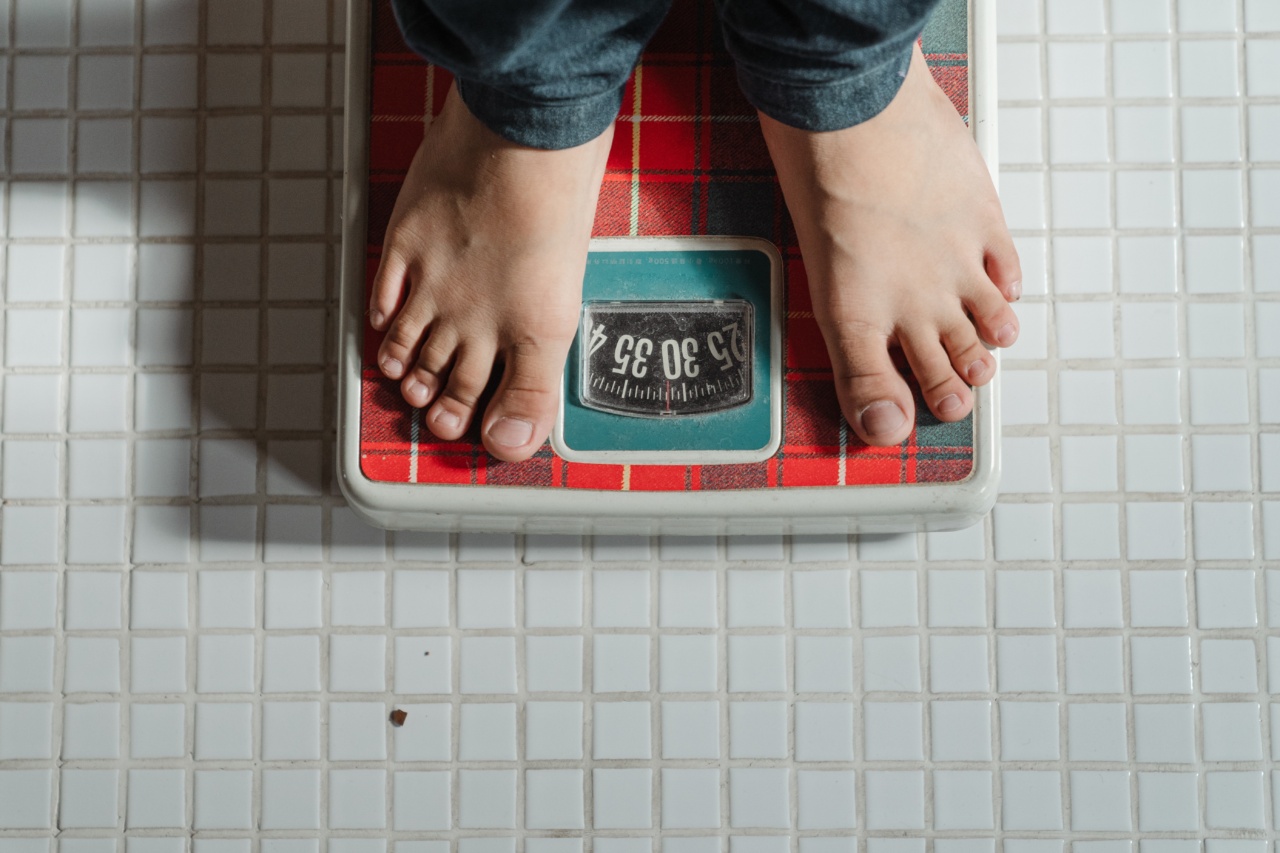Do you often find yourself obsessively weighing yourself to track your weight loss progress? If so, you may not be properly weighing yourself. There is a right and wrong way of doing it.
The scale can be a valuable tool in your weight loss journey if you use it correctly. Here’s how to weigh yourself for weight loss properly:.
Invest in a Quality Scale
A quality scale is an essential component of weighing yourself accurately. Choose a scale that is easy to read, has a stable base, and provides consistent readings.
There are many types of scales available in the market like digital, mechanical, and smart scales. Go for the one that is accurate, fits your requirements, and budget.
Choose the Right Time of Day
The best time of day to weigh yourself is in the morning before breakfast and after using the bathroom. Preferably, do it after showering and make sure the scale is on a flat, hard surface rather than a carpet or uneven flooring.
Weighing yourself at the same time every day will give you more consistent readings.
Weigh Yourself Once a Week
Weigh yourself only once a week on the same day, at the same time, and with the same scale. Weighing yourself too often – like every day or several times a day – can lead to an unhealthy obsession with the scale.
This can cause unnecessary stress and anxiety, and can often lead to abandoning weight loss goals altogether.
Wear as Little as Possible While Weighing Yourself
You get the most accurate reading on the scale when you are naked. But, if you don’t feel comfortable with that, try weighing yourself while wearing as little as possible – like light clothing or underwear.
Make sure to strip off any heavy jewellery, belts, shoes, or jackets before stepping on the scale to achieve a more accurate reading.
Stand Straight on the Scale
When you step on the scale, stand straight with arms down by your sides and evenly distributed weight on both feet. Don’t lean forward or backward, or shift your weight to one side or the other.
Doing so could cause an inaccurate reading, and you might not get the result you were expecting.
Record Your Weight and Track Your Progress
After getting your weight on the scale, record it in a logbook or an app, or write it down somewhere. Tracking your progress over time can be very motivating and can help you stay on track with your weight loss goals.
If you see a small increase in weight, don’t panic – it’s completely natural to experience small fluctuations from day to day or even throughout the day. Focus on long-term goals and try not to get too caught up in the day-to-day variations in weight.
Stay Hydrated
Keeping yourself hydrated is vital to weigh yourself accurately. Dehydration can mask the weight loss progress, and the scale can show you a higher number than your actual weight. Make sure to stay hydrated by drinking plenty of water throughout the day.
Try to drink at least 8 glasses (64 ounces) of water a day to keep your body hydrated, and to keep the number on the scale accurate.
Avoid Weighing Yourself During Your Period or Menstrual Cycle
If you’re a woman, avoid weighing yourself during your period or menstrual cycle. Hormonal changes during menstruation can cause bloating and water retention. Water retention swells the tissues in the body and can show up as extra pounds on the scale.
Weighing yourself at this time could result in an inaccurate reading, and you may not get the correct result. Wait until your menstrual cycle is over before stepping on the scale.
Conclusion
By weighing yourself accurately, you can monitor your weight loss progress and stay motivated to reach your goals.
Remember to invest in a quality scale, weigh yourself once a week, at the same time, and with the same scale, wear as little as possible, stand straight and record your weight. By keeping a log of your weight, eating a healthy diet, exercising regularly, and focusing on long-term goals, you can achieve the weight loss you desire in a healthy and sustainable way.




























